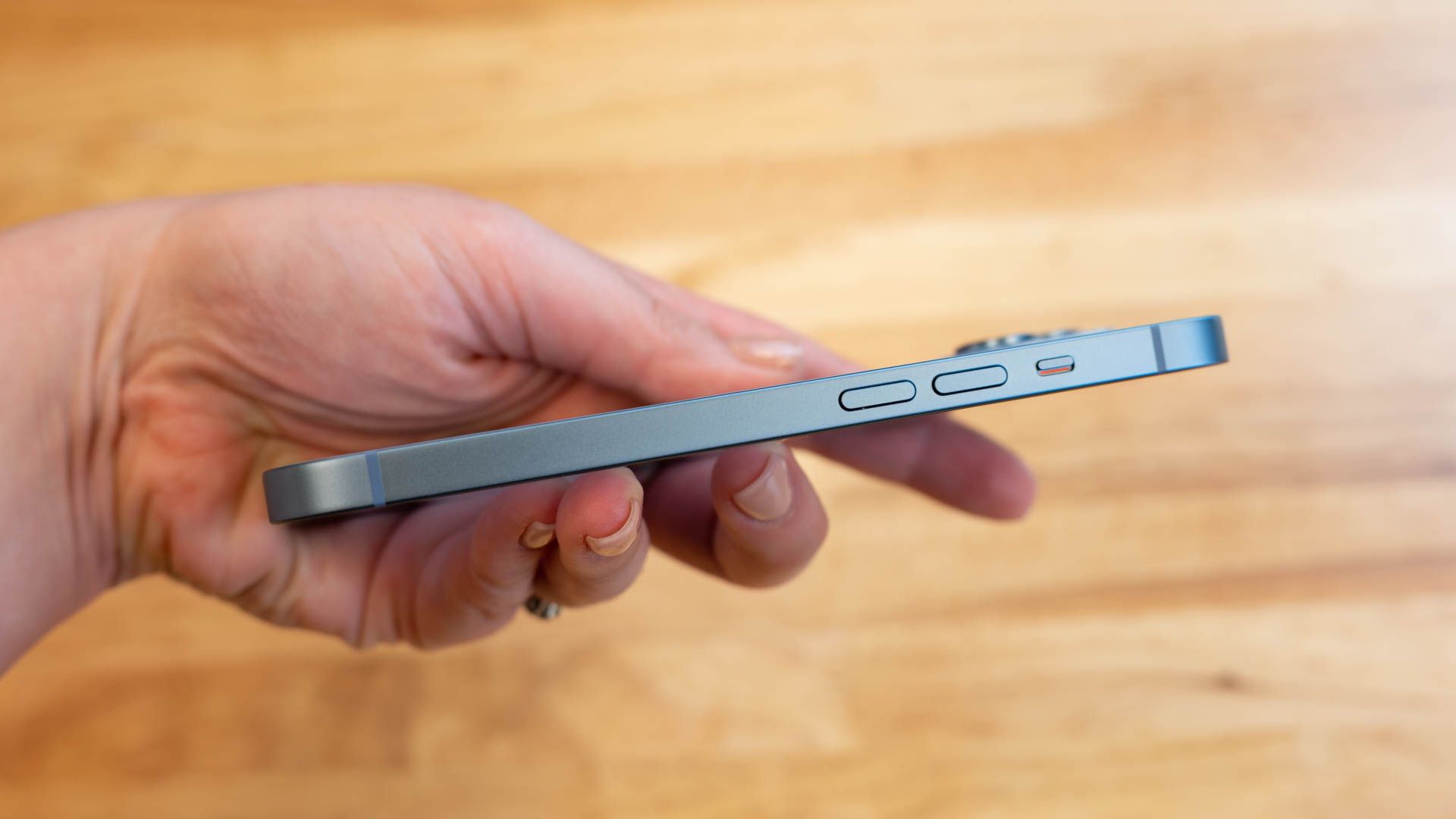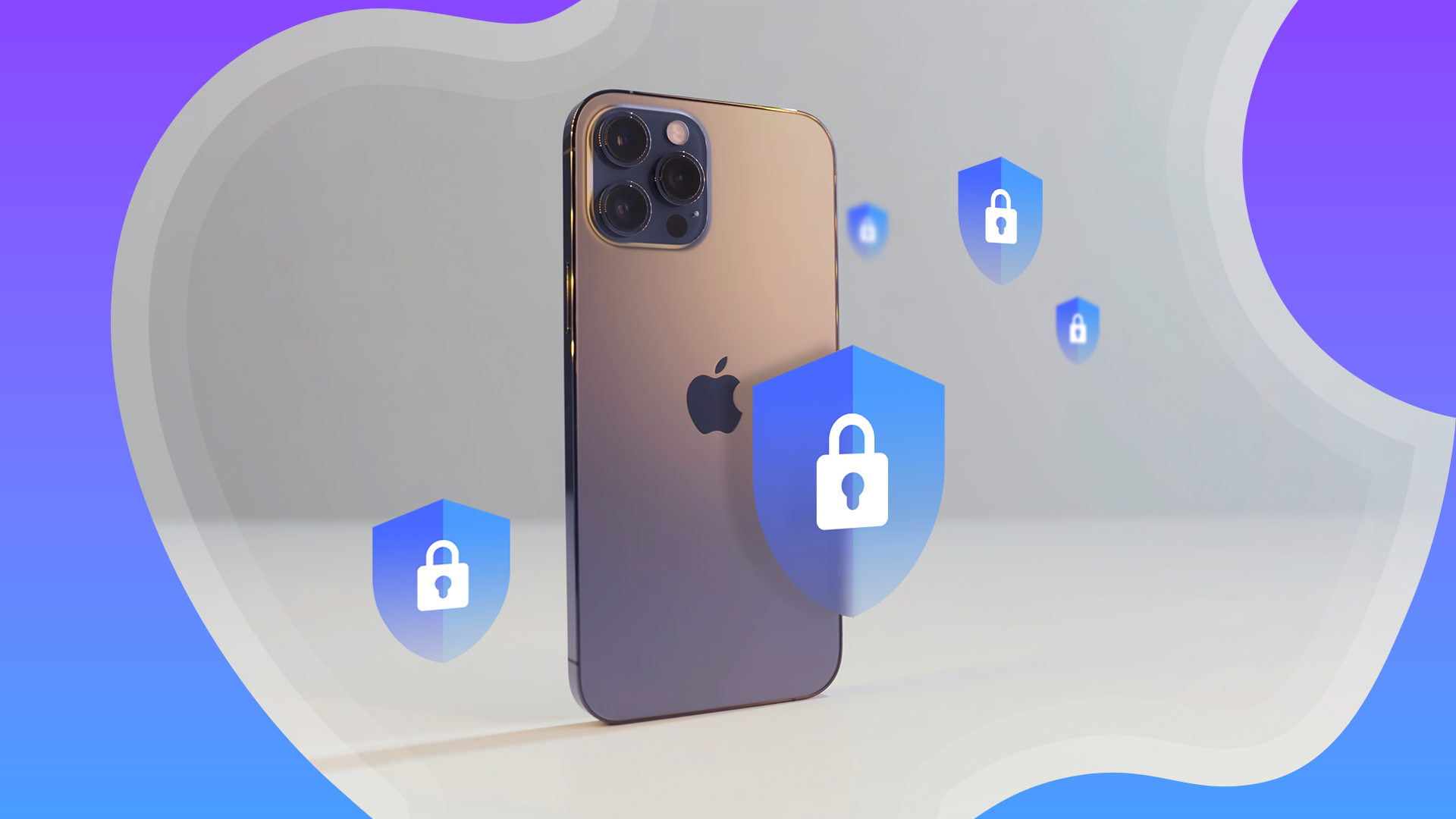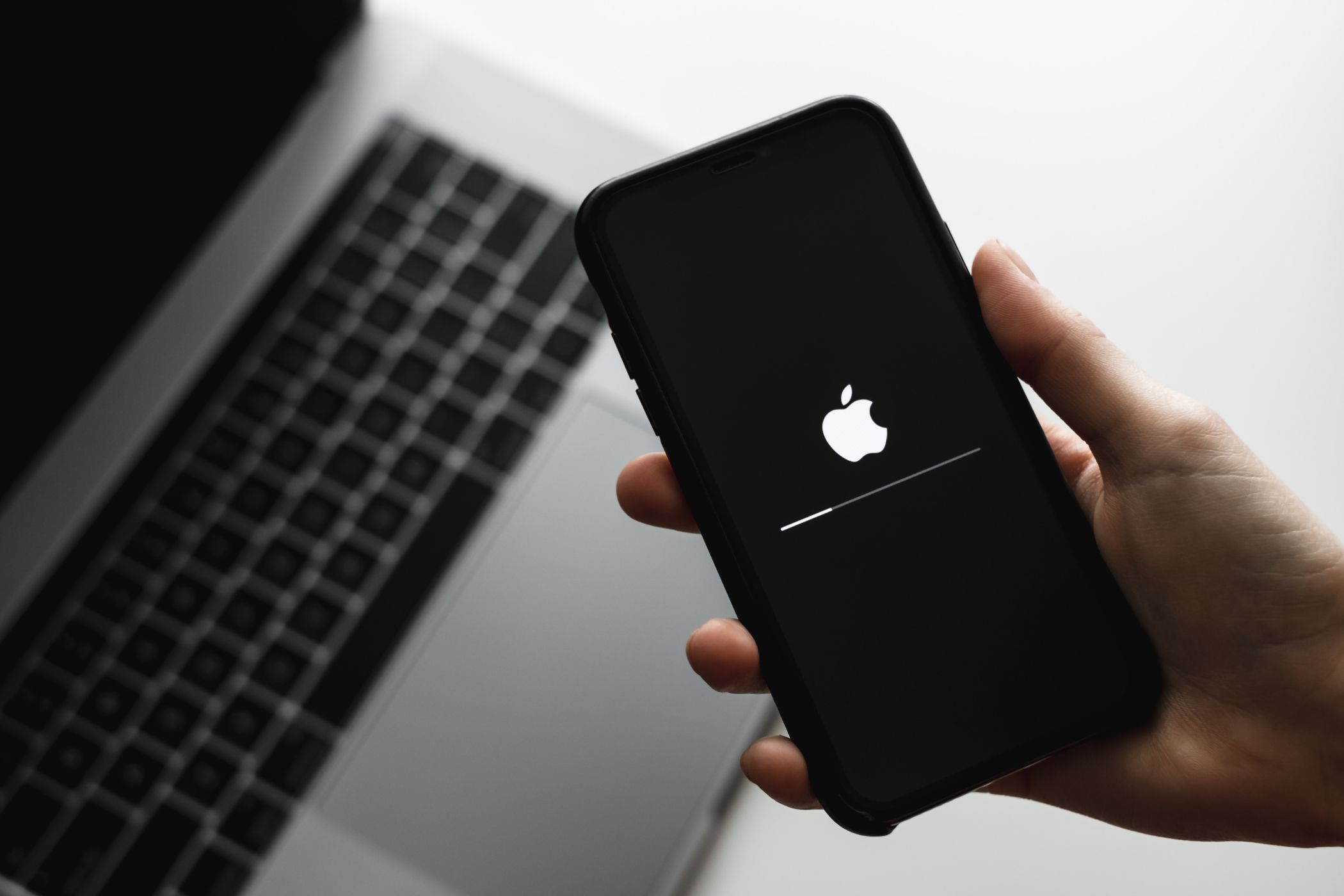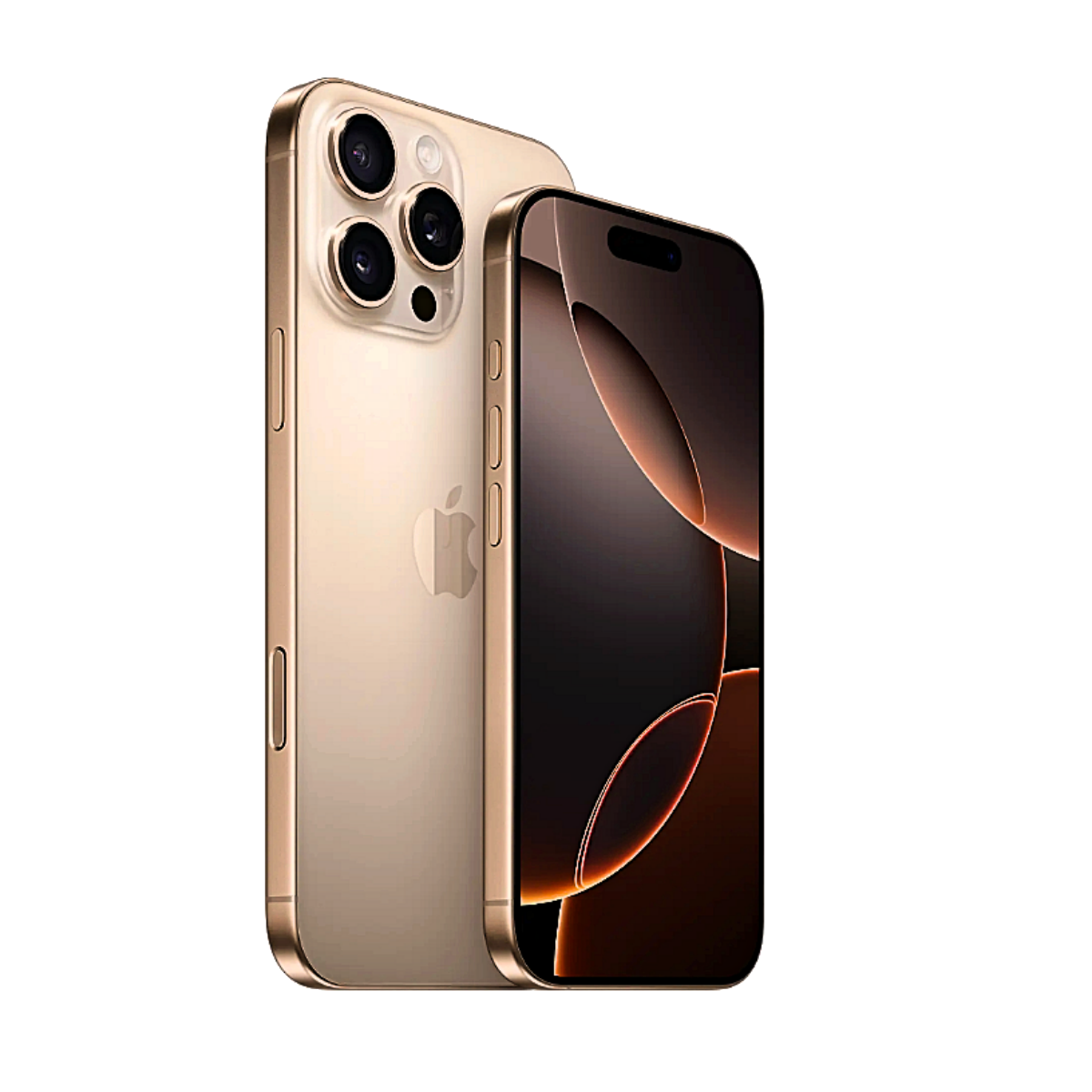Flashy marketing, contract deals, and social pressure make it tempting to upgrade your iPhone every couple of years, but you normally don’t need to. Not only is this a waste of your money, but it’s bad for the planet and can leave you regretting it when the new phone isn’t all that different anyway.
If you’re questioning whether to upgrade your iPhone, there are usually only four good reasons to do so.
1
It’s Unrepairable
This one seems obvious, but there are some nuances to consider. That’s because a lot of the time, you’re better off repairing your iPhone than replacing it.
If you’ve got a cracked screen, an old battery, a dodgy charging port, or even a faulty camera, you should definitely look into getting your iPhone repaired before going down the upgrade route. Depending on the issue, it might cost a couple of hundred bucks, but that could add years to the life of your iPhone and save you shelling out five times that on a new model.
With battery replacements in particular, you might be surprised at how big of a difference it can make. Not only will it keep your phone juiced up for longer, but a new battery can make your iPhone faster as well.
You can even save some dough by trying most repairs yourself with a kit from somewhere like iFixit or using Apple’s Self Repair Program.

Related
How to Repair Your Own iPhone
Repair your own iPhone using Apple’s Self Repair Program or iFixit’s library of guides and store full of parts.
Even if your iPhone doesn’t power on at all, you should let a technician look at it.
When I worked at an Apple Store, I frequently saw customers who thought their dead iPhone had been reduced to little more than a paperweight, when the only issue was pocket lint clogging their charging port. After we safely cleaned the port for them, the iPhone charged up and worked as good as ever. It didn’t cost them a penny, and saved them from buying a brand new phone.
With all that said, sometimes there are so many faults with a phone—or it costs so much to repair a problem—that you are definitely better off with a new device. This is often the case with water damage, which compromises so many hardware components that Apple doesn’t even bother trying to repair it (offering replacement handsets at a hefty fee instead).
If your iPhone is well and truly borked—and you’re confident it can’t be repaired for a reasonable price—then that’s certainly a good reason to upgrade to a new one.
2
It’s Unbearably Slow
An aging iPhone can be an absolute chore to use if it’s running too slowly. Opening apps takes forever, let alone trying to switch between them, open the camera, or run any moderately complex task.
As the processor inside your phone ages, and Apple keeps releasing more demanding software updates, all iPhones will eventually reach the point where they’re excruciatingly slow to use. That’s a fair reason to upgrade your phone, but only if you’ve taken some reasonable steps to try speeding it up first.

Related
How to Speed Up a Slow iPhone
Whether your iPhone is old or new, there may be something you can do to improve performance.
Lots of software problems that slow down your iPhone are easy to fix yourself, for free.
The first thing to do is check that you’ve not run out of storage. Go to Settings > General > iPhone Storage to do this. Ideally, you’ll always have at least 10% of the space free on your phone, otherwise it’ll slow down to a snail’s pace. If you don’t have that much free, clear some stuff out to test it.
Normally, closing background apps and processes doesn’t make much difference to how your phone runs (or how much battery it uses). But if your iPhone is unbelievably slow, something might have malfunctioned in the background to cause this problem. Try closing every app, then restarting your iPhone to test it.
Also, be careful of confusing slow internet speeds with a slow iPhone. Unless an upgrade will let you switch from 3G to 4G (or even all the way to 5G), then a new device won’t fix this. And while we’re talking about slow internet browsing, try closing any extra open tabs you’ve got as well.
It’s also worth pointing out that a degraded battery can make your iPhone sluggish as well. Check it by going to Settings > Battery. You might be able to fix the speed issues—and get a boost to your battery life—by replacing the battery instead of the whole phone.
Last, but not least, check if there are new software updates to install. It’s possible that a software bug has slowed down your iPhone and the next update will fix it. This is a bit of a double-edged sword because big new iOS updates can often be the cause of slowing down an old iPhone, but I always recommend that you update for the security patches anyway, so it’s worth the risk.
3
You Need More Storage
Apple has sold a lot of iPhones with pitiful storage offerings, probably hoping that the low price point would get people in the door before they pay more for extra space. Until recently, you could still get a new iPhone with just 64GB of internal storage; that’s despite needing around 10GB for the operating system and needing to keep another 10% free to keep your phone running smoothly.
With the increasing size of apps and media, it’s surprising how quickly you can fill up an iPhone’s storage. Your photo library only gets bigger each year, and plenty of popular apps take up half a gigabyte or more.
If you’re at the point where every time you need to shoot a video or download an app, you first need to dive into your settings to clear some space, it’s time to make a change. You could try the standard space-saving tips, like trimming your photo library, offloading apps, and deleting media, but those tips will only get you so far.
You can’t add an SD card to your iPhone to get more storage, but you can expand it with cloud storage. I’m a big advocate of iCloud—I’ve subscribed to the 2TB tier for years—as it lets me keep my enormous photo library in the cloud, freeing up space on my iPhone without losing access to it.
Cloud storage isn’t for everyone, though. If you need more space, but you don’t trust the cloud or want another subscription, then you’ve got no choice but to upgrade your iPhone.

Related
I’ve Paid for iCloud Storage for Years, Here’s Why I Don’t Regret It
Forget Netflix and Game Pass, this is my most valuable subscription.
4
You Can’t Update Anymore
Holding an iPhone as it updates
The most common reason people need to upgrade their iPhone is when it doesn’t get software updates anymore. Now, I’m not talking about the big flashy iOS releases that we get every year—it’s totally fine to miss out on those—but the small security updates that keep coming out for years after each release.
It can be frustrating to miss out on big new features from a new version of iOS, putting apps anywhere in iOS 18, but most of these only marginally improve the iPhone experience these days, and none of them are essential. Even the flagship features of a new version of iOS are sometimes not worth using at all, which is why I turned off Apple Intelligence pretty quickly.
But when your iPhone stops getting security updates, then it’s a risk. You could get hacked, hit by malware, or suffer with phone-breaking bugs. When you get to this point, you’ll also find that a lot of third-party apps don’t work on your phone anymore, which is a reason to upgrade in itself.

Related
How to Make Your iPhone as Secure as Possible
Lock down your iPhone with these settings.
To check if your iPhone can still receive security updates, go to Settings > General > Software Update. If there are any available updates, make sure you install them. Then go to the Wikipedia page for that version of iOS and check the support status in the sidebar.
You might not want to install the next big version of iOS for fear of it slowing down your iPhone. That’s a fair concern and a real risk, but the problem is that Apple stops giving software updates to phones that are choosing to stay on an older version, so you don’t have a choice. Even if older models are still getting security updates on iOS 16, you won’t get any of them if you’ve got the option to update to iOS 17 or 18.
At the time of writing, any iPhone stuck on iOS 14 or older isn’t getting security updates anymore. If that’s the latest update your phone is compatible with, then it’s definitely time to upgrade.

- SoC
-
A18 Pro
- Display
-
2,622 x 1,206 resolution (460 ppi)
- RAM
-
8GB
- Storage
-
128GB, 256GB, 512GB, 1TB
- Ports
-
USB-C
- Operating System
-
iOS 18
A version of Apple’s newest iPhone with a larger screen featuring a camera button, a programmable action button, and artificial intelligence features.
You’ll notice I didn’t mention a lot of common reasons people give for upgrading their phones: camera improvements, new features, better durability, and so on. That’s because, in my experience, there haven’t been significant improvements in these aspects for many years.
Sure, Apple improves the iPhone camera year-on-year. But unless your iPhone is more than five years old, you’re unlikely to notice a significant difference for the vast majority of photos you shoot: even the latest iPhone can’t compete with a full-size camera. Most new hardware features are little more than gimmicks—the Camera Control is cool, but nobody needs it. And although iPhone materials get stronger every year, millions of people still find a way to smash them up.
The truth is, if you care about minimizing e-waste and unnecessary expenses, there are very few real reasons to upgrade your iPhone.





:max_bytes(150000):strip_icc()/how-to-fix-it-when-mobile-data-is-not-working-on-a-samsung-8bad7aa98c6b4a7d9457125309b9540c.jpg?w=1174&resize=1174,862&ssl=1)


:max_bytes(150000):strip_icc()/GettyImages-532031035-7887eba55093486880c9d08fa7e55658.jpg?w=1174&resize=1174,862&ssl=1)

Leave a Comment
Your email address will not be published. Required fields are marked *